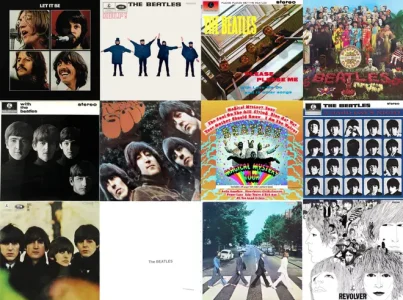The Beatles’ discography is a treasure trove of musical innovation, cultural significance, and timeless tunes. While every fan has their personal favorites, ranking their albums is a perennial exercise in celebrating the band’s unparalleled evolution. For this list, we’ll journey backwards through their storied career, starting with the kaleidoscopic sounds of Yellow Submarine and ending with the masterful craft of Revolver. So, without further ado, here’s the ultimate ranking of The Beatles’ albums!
13. Yellow Submarine (1969)
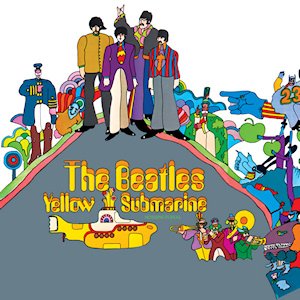
Yellow Submarine is often seen as an outlier in The Beatles’ catalog. Half soundtrack, half orchestral score by George Martin, it’s a peculiar mix. The title track and “All You Need Is Love” are undoubtedly classics, but the album as a whole lacks the cohesion of the band’s other works. The second half, featuring Martin’s orchestral pieces, while interesting, feels more like an accompaniment to the film rather than a standalone Beatles record. Nonetheless, it’s an essential part of the Beatles’ story and a fascinating dive into their psychedelic phase.
12. Beatles for Sale (1964)
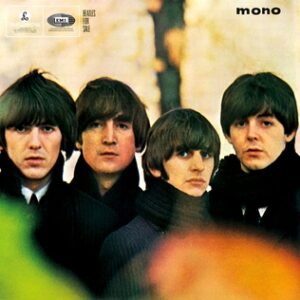
By the time Beatles for Sale was released, the Fab Four were experiencing the burnout of Beatlemania. This weariness seeps into the album’s tone, resulting in a more introspective and somber record compared to its predecessors. Tracks like “I’m a Loser” and “No Reply” reveal a band growing weary of their own fame. However, the album still delivers in classic Beatles fashion with infectious tracks like “Eight Days a Week.” While it’s not their most groundbreaking work, Beatles for Sale captures a pivotal moment in their career.
11. Help! (1965)
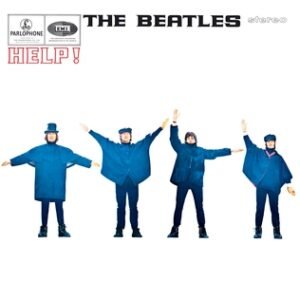
Help! marked a significant step forward in The Beatles’ songwriting, with more mature themes beginning to emerge. The title track and “Ticket to Ride” are pop perfection, while “Yesterday” showcases McCartney’s growing prowess as a balladeer. However, the album is somewhat uneven, with a few filler tracks that don’t quite match the brilliance of its highlights. Despite this, Help! is a crucial transitional album, hinting at the deeper exploration of emotions and experimentation that would soon define the band’s sound.
10. With the Beatles (1963)
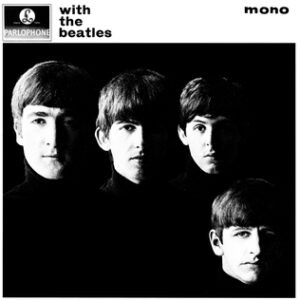
With the Beatles captured the energy and enthusiasm of a band on the rise. This sophomore album doesn’t stray far from the formula that made their debut a hit, but it refines it. With iconic tracks like “All My Loving” and “It Won’t Be Long,” the album radiates youthful exuberance. The group’s growing confidence is palpable, and while it may not reach the experimental heights of their later work, With the Beatles is a thrilling reminder of their early rock ‘n’ roll roots.
9. Please Please Me (1963)
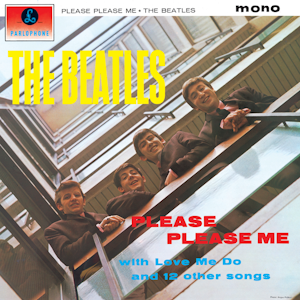
The album that started it all, Please Please Me is raw, unpolished, and utterly infectious. Recorded in just over 12 hours, it’s a testament to The Beatles’ early energy and talent. From the harmonica-driven opener “I Saw Her Standing There” to the ecstatic closer “Twist and Shout,” the album is a non-stop party. It might lack the sophistication of their later work, but Please Please Me is a snapshot of a moment in time when The Beatles were still the boys from Liverpool, hungry to make their mark on the world.
8. A Hard Day’s Night (1964)
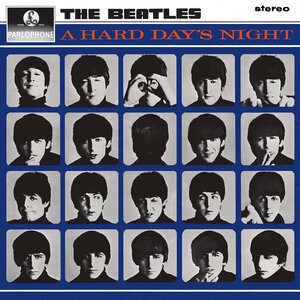
A Hard Day’s Night is where The Beatles truly hit their stride as songwriters. For the first time, all the songs were written by Lennon and McCartney, and the result is a collection of some of their most enduring work. The title track, with its jangly Rickenbacker chords, and the shimmering “Can’t Buy Me Love” capture the spirit of the era. The album is a perfect blend of pop craftsmanship and youthful energy, making it one of the standout records of their early period.
7. Let It Be (1970)
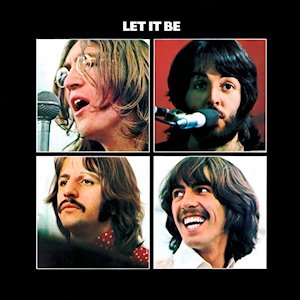
Let It Be was the final studio album released by The Beatles, though much of it was recorded before Abbey Road. The album is a bittersweet reflection of a band on the verge of dissolution. Tracks like “The Long and Winding Road” and “Let It Be” exude a sense of melancholy and resignation, while “Get Back” captures the raw, live energy they sought to recapture. While the production by Phil Spector has been controversial, the album remains an emotional, if slightly disjointed, farewell to the world.
6. Magical Mystery Tour (1967)
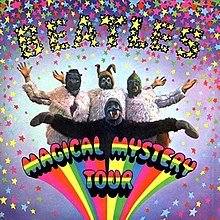
Magical Mystery Tour often gets overshadowed by its predecessor, Sgt. Pepper, but it’s an essential piece of The Beatles’ psychedelic puzzle. The album is a kaleidoscope of sounds and styles, from the whimsical “The Fool on the Hill” to the trippy “I Am the Walrus.” The inclusion of singles like “Strawberry Fields Forever” and “Penny Lane” elevates it even further, showcasing the band at their most experimental and adventurous. While it may not be as cohesive as some of their other albums, Magical Mystery Tour is a vibrant, mind-bending journey.
5. Sgt. Pepper’s Lonely Hearts Club Band (1967)
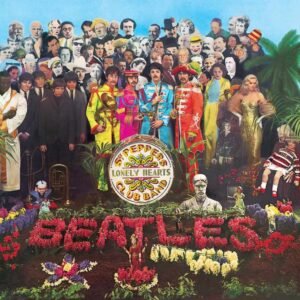
Regarded by many as The Beatles’ magnum opus, Sgt. Pepper is a landmark in music history. The album broke new ground in terms of production, songwriting, and the concept of the album as an art form. Tracks like “Lucy in the Sky with Diamonds” and “A Day in the Life” pushed the boundaries of what popular music could be. The album is a sonic tapestry, weaving together disparate influences into a cohesive whole. While its status as the greatest Beatles album is often debated, there’s no denying its impact on music and culture.
4. Rubber Soul (1965)
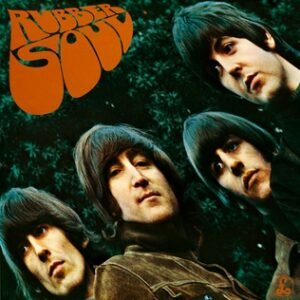
Rubber Soul was the album where The Beatles began to transcend their pop roots and explore more complex themes and sounds. The influence of folk and soul is evident, particularly in tracks like “Norwegian Wood” and “In My Life.” The album marks a turning point, with the band moving away from the formulaic pop of their early years and embracing more sophisticated songwriting. Rubber Soul is a near-perfect blend of melody, introspection, and innovation, setting the stage for the even greater experiments to come.
3. The Beatles (The White Album) (1968)
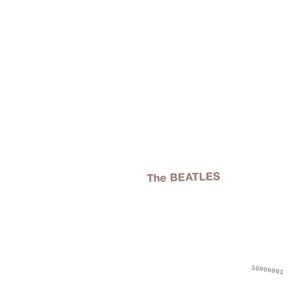
The White Album is The Beatles at their most eclectic and experimental. It’s an album that defies easy categorization, encompassing everything from rock (“Back in the U.S.S.R.”) to folk (“Blackbird”) to avant-garde (“Revolution 9”). The sprawling double album is a journey through the band’s individual and collective psyches, marked by both collaboration and tension. It’s messy, it’s chaotic, but it’s also brilliant. The White Album is a reflection of the times and a testament to The Beatles’ limitless creativity.
2. Abbey Road (1969)
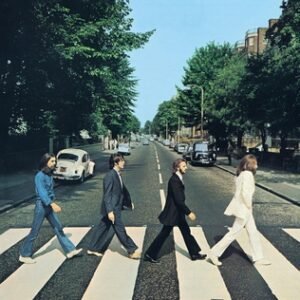
If The White Album was a band splintering apart, Abbey Road is the sound of The Beatles coming together one last time. The album is a polished, cohesive masterpiece, showcasing the band’s unparalleled ability to blend diverse musical styles. From the iconic bassline of “Come Together” to the majestic suite on Side Two, Abbey Road is an album of contrasts and surprises. It’s a fitting swan song for the greatest band in history, with George Harrison’s “Something” and “Here Comes the Sun” standing out as some of the best songs he ever wrote.
1. Revolver (1966)
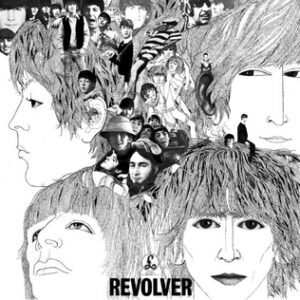
Revolver is the pinnacle of The Beatles’ creative genius. It’s an album that changed the landscape of popular music, blending rock, pop, classical, and avant-garde into a seamless whole. Every track is a gem, from the mind-bending “Tomorrow Never Knows” to the exquisite “Eleanor Rigby.” The album is a perfect balance of experimentation and accessibility, with the band pushing the boundaries of what was possible in the studio. Revolver isn’t just The Beatles’ best album; it’s one of the greatest albums of all time, a testament to the transformative power of music.
